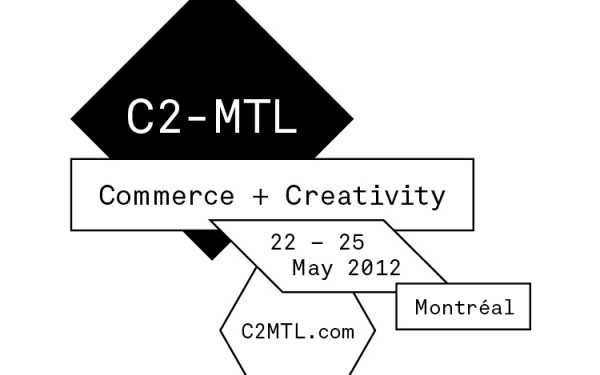A Planet by Design
Architects and Designers Seek New Ways to Confront Ecological Debt
“We’re tipping towards the unknown,” said President of Buckminster Fuller Institute David McConville, setting the tone for the two-day Degeneration-Regeneration conference held on March 27 and 28.
The event brought landscape architects, scholars and other champions of urban renewal to Montreal’s Marché Bonsecours, where they traded ideas on how to harness the environment’s regenerative capacities as we head into a future shrouded in uncertainty.
“We’re engaged in a high-stakes game of unwittingly crossing planetary boundaries that define the safe operating space for humanity,” McConville warned in his opening speech Planetary Landscapes: Towards a Paradigm of Re-enchantment. He evoked man’s mounting “ecological debt,” attributing it to a “widespread disenchantment” with the planet on which we live—a phenomenon whose roots can be traced back to the Socratic era.
It was in Plato’s Timaeus, McConville noted, that the notion of the universe as an entity to be observed externally was introduced. A cornerstone of Catholicism, the idea of a “spherical, geocentric cosmos rotated by the hand of the creator” was carried through the ages to Nicolas Copernicus, who was the first to suggest our cosmos in fact revolved around the sun.
This discovery, “strengthened perceived dualistic divisions between subject and object, mind and body, and most importantly, humanity and nature,” McConville said.
But with the ushering in of the space age, these divisions became less pronounced. Imagery showing the cyclical nature of earth’s weather systems reminded us of what we had long forgotten: that, as McConville put it, “we’re all astronauts aboard a watery, living spaceship.”
In an attempt to reverse the image of the environment as a commodity, Buckminster Fuller, the celebrated architect behind Montreal’s biosphere, petitioned for a “regenerative landscape” in his 1968 book Operating Manual for Spaceship Earth. Fuller called on landscape architects and urban planners to “study the synergetic principles employed by evolution at every scale,” and they answered the call.
Tellingly, it was around the time of Fuller’s book’s release that the AAPQ (l’Association des architectes paysagistes du Québec, or the Quebec Landscape Architects Association) was founded; Degeneration-Regeneration was in fact scheduled to coincide with this landmark anniversary.
McConville praised the AAPQ and its mission of “enchanting Montreal and the global community by celebrating man and his world.”
He also acknowledged Living Breakwaters, a design created by New York-based SCAPE studios, as a pioneer in regenerative landscaping. The project, which seeks to “reduce risk, revive ecologies and connect educators to the shoreline,” was created for the US Department of Housing and Urban Development’s Rebuild by Design Initiative. Living Breakwaters won the Buckminster Fuller Challenge in 2014.
SCAPE studio’s Gena Wirth outlined the broad strokes of Living Breakwaters in a presentation entitled “Adaptive Landscapes: Risk, Ecology and Education.” Once implemented, the $60 million endeavor will see a necklace of breakwaters encircling New York’s vulnerable Staten Island to buffer heavy waves like those seen during Hurricane Sandy. The breakwater itself will be a habitat for vital marine life like finfish, shellfish and lobsters, Wirth explained.
Oysters will play a major role in the ecological revival, Wirth said, noting the mollusk’s importance to ecosystems as a veritable water filter.
Brooklyn-based Paula Segal, Director-Founder of 596 Acres, introduced her organization in a talk entitled The Right to the City: One Vacant Lot at a Time. Founded in 2011, 596 Acres differs from Living Breakwaters in that it operates on land. Vacant land.
The name refers to the near-600 acres of unused public lots in the New York City area. Segal says her organization seeks to obliterate obstacles to community land access to “open all these rusty fences and the opportunities within them to improve the areas they live in.” A registered attorney, Segal is prone to give legal advice and assistance to entities with sustainable economy initiatives.
Segal says the vacant lots, the vast majority of which are located in economically deprived areas of New York, can be used as community gardens, playgrounds and social gathering areas. Their potential for urban renewal is boundless.
In his speech, David McConville said it’s “essential to apply strategies that once again establish reciprocal relationships and apply evolutionary design principles so we can participate in the regeneration of the biosphere.”
If anything was revealed at Degeneration-Regeneration, it’s that strategies and initiatives are out there in abundance. The rest of the work is entirely ours.

.png)
_600_832_s.png)


_600_375_90_s_c1.jpg)

